Dog Noise Complaint Letter Template to Resolve Issues
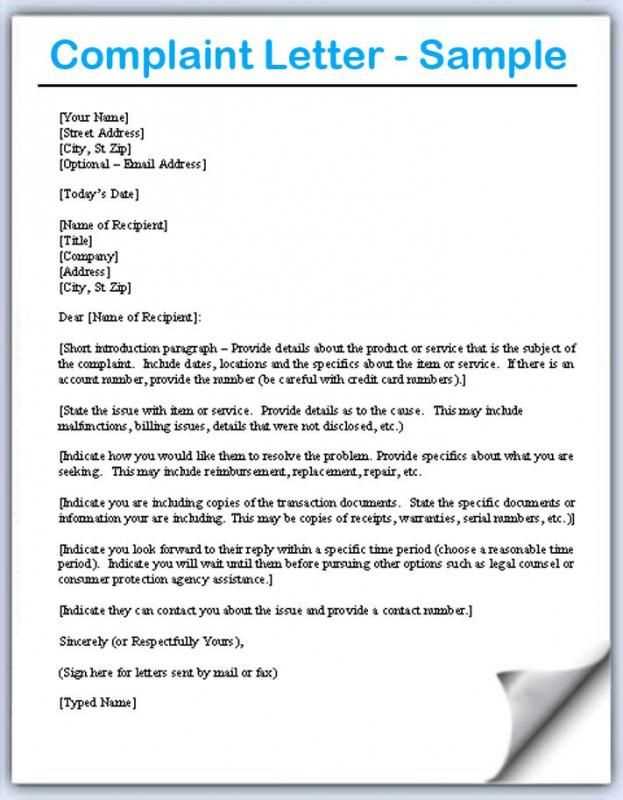
When pets create disruptions in a shared living space, it can lead to tension between neighbors. A clear and respectful approach is essential to resolving these issues amicably. Communication plays a vital role in maintaining good relations and ensuring peace in the community.
Crafting a formal yet friendly request can help address the situation without escalating conflicts. It is important to express concerns in a way that emphasizes cooperation and understanding. Using the right tone can make a significant difference in how your message is received.
Effective communication should focus on providing details while being considerate of the pet owner’s perspective. A carefully worded message ensures that your point is made without causing unnecessary friction. Taking the first step toward resolution can often lead to a mutually beneficial outcome.
How to Write a Dog Noise Complaint
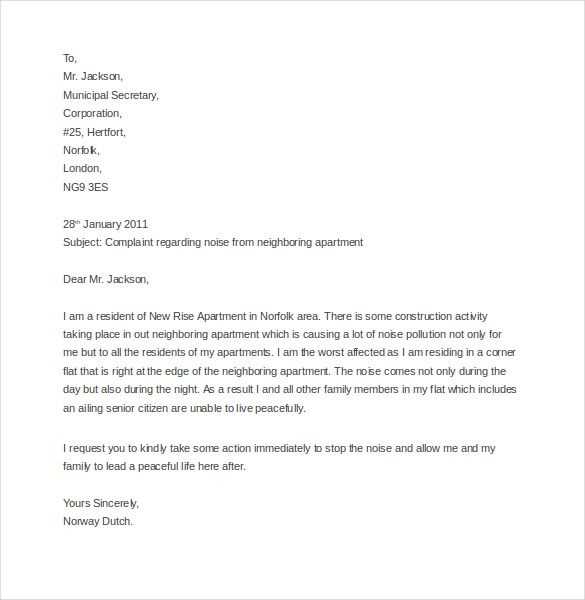
When addressing disturbances caused by pets in your neighborhood, it’s essential to express your concerns in a respectful and clear manner. A well-written communication can help resolve the issue without escalating tensions. The key is to remain calm and focused on the facts while maintaining a tone that encourages understanding and cooperation.
Start by outlining the specific issues you’ve observed, including the time and frequency of the disruptions. Be sure to describe the impact these disturbances have had on your daily life, whether it’s affecting your ability to sleep or concentrate. Clarity is crucial in conveying the problem effectively.
Next, suggest possible solutions or ask for a discussion to find a mutual resolution. It’s helpful to frame your request in a way that shows your willingness to collaborate rather than demand. Approaching the situation as a conversation rather than a confrontation can make the process smoother for both parties involved.
Understanding the Importance of a Letter
When addressing issues caused by a neighbor’s pet, putting your concerns into writing offers several advantages. A formal document allows you to express your thoughts clearly and concisely, ensuring there is no room for misinterpretation. It also provides a record of communication, which can be helpful if the situation escalates.
Clear Communication
Written communication helps convey your message in a structured way, which makes it easier for the recipient to understand your point of view. It offers a direct approach while maintaining politeness, allowing both parties to focus on resolving the issue rather than on misunderstandings.
Professionalism and Respect
Taking the time to write a formal request demonstrates that you are approaching the matter seriously and with respect. It encourages the recipient to respond thoughtfully, helping foster a constructive conversation and increasing the chances of reaching a mutually agreeable solution.
Key Elements of an Effective Complaint
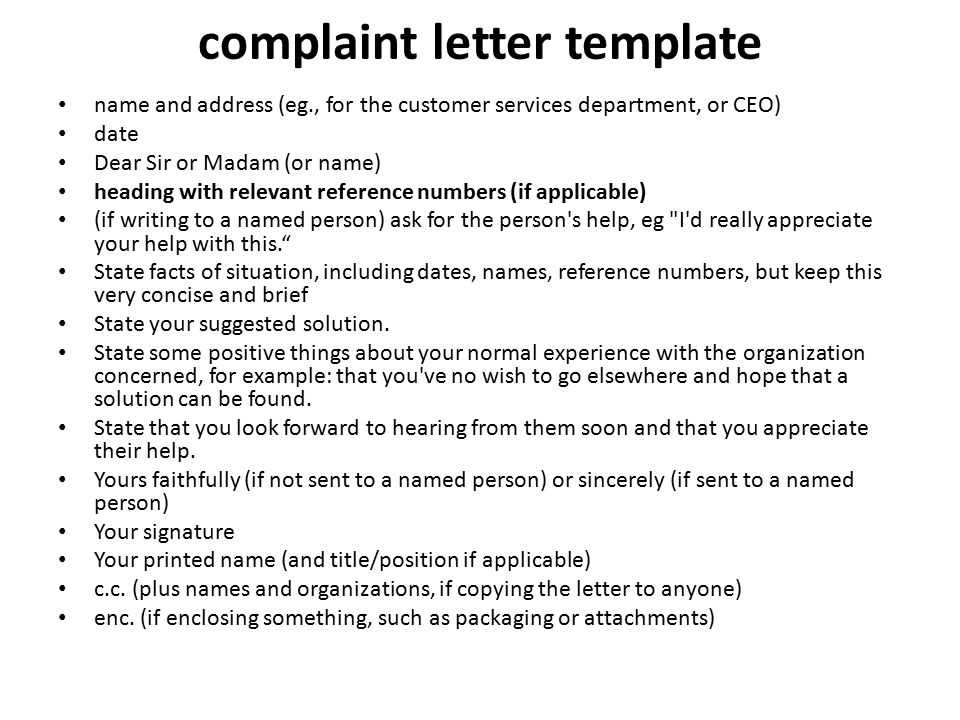
To effectively address an issue with a neighbor’s pet, it’s essential to structure your message thoughtfully. An impactful communication should include clear details, maintain a respectful tone, and offer constructive suggestions for resolution. Below are the crucial components that contribute to an effective message.
| Element | Description |
|---|---|
| Clarity | Provide specific details about the disturbances, including dates, times, and frequency, to avoid ambiguity. |
| Polite Tone | Ensure the message is courteous to prevent unnecessary tension. Approach the situation with understanding. |
| Solution-Oriented | Propose possible solutions or invite discussion to find common ground and resolve the matter collaboratively. |
| Documentation | Keep a record of the communication for future reference if the situation persists or escalates. |
How to Remain Professional and Courteous
Maintaining a respectful and professional tone is essential when addressing any issue with a neighbor. The goal is to communicate concerns without causing offense or escalating the situation. By using thoughtful language and focusing on cooperation, you can ensure that your message is received in the spirit of mutual respect.
Use Respectful Language
Ensure that your choice of words conveys understanding and consideration. Avoid any language that could be perceived as accusatory or confrontational. Phrasing such as “I have noticed” or “I would appreciate your assistance” keeps the message neutral and focused on a positive outcome.
Stay Focused on the Issue
Concentrate on the specific problem at hand and avoid personal attacks. Keep the conversation centered on resolving the disturbance in a constructive manner. This approach helps maintain a peaceful relationship and increases the likelihood of a cooperative resolution.
Common Mistakes to Avoid in Complaints
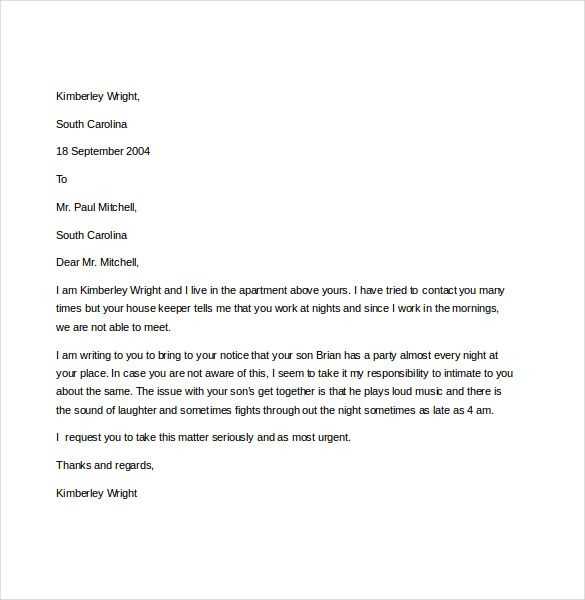
When addressing disturbances caused by a neighbor’s pet, it’s important to avoid certain missteps that could hinder the resolution process. Misunderstandings and poor communication can escalate the situation unnecessarily. Being aware of common errors can help you navigate the conversation more effectively and achieve a positive outcome.
One common mistake is being overly vague. Failing to provide specific details about the issue, such as the time and frequency of the disruptions, makes it harder for the recipient to understand the severity of the problem. Always include clear examples to support your points.
Another pitfall is using a confrontational or aggressive tone. It’s essential to approach the situation with tact and diplomacy. Aggressive language can trigger defensiveness, making it less likely that the issue will be resolved amicably.
Steps to Take After Sending the Letter
Once you have communicated your concerns regarding the pet-related disturbance, it’s important to follow up with the appropriate steps to ensure the issue is addressed. This proactive approach can help you gauge the response and determine the next course of action. Here’s what to do after sending the message.
Monitor the Situation
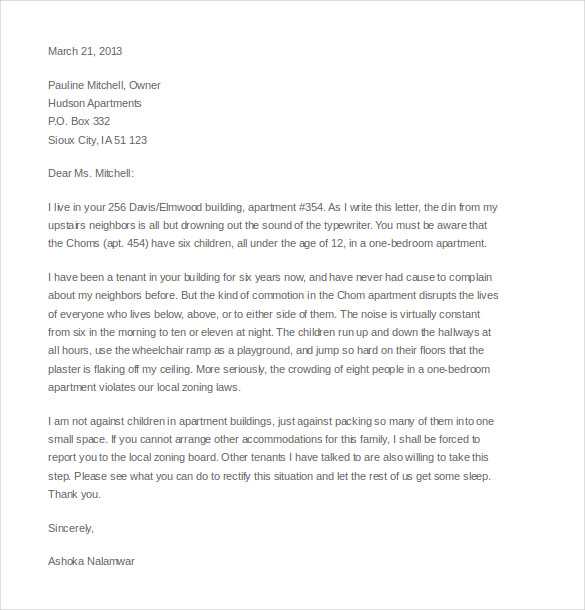
After submitting your communication, observe whether the disturbance continues. Document any ongoing issues, noting dates and times to establish a pattern if necessary. This record can be useful if further steps need to be taken.
Follow Up if Needed
If there is no response or the situation does not improve, consider sending a polite follow-up message. This will show that you remain concerned and committed to resolving the issue. Here are the key actions to take:
- Review the original message to ensure it was clear and polite.
- Send a brief, courteous reminder asking for an update.
- Offer to discuss the matter further if necessary.
If the situation still does not improve after following up, you may need to consider other options, such as contacting a mediator or relevant local authorities to explore further solutions.
When to Seek Further Action
After attempting to resolve a disturbance through communication, there may be instances when further intervention is necessary. If the issue persists or the situation becomes more challenging, it’s important to understand when to escalate the matter. Taking timely action can help protect your peace while ensuring that the situation is properly addressed.
If, after multiple attempts to resolve the issue, the disturbance continues or worsens, it may be time to consider involving a neutral third party or relevant authorities. This could include seeking the assistance of a mediator or contacting local law enforcement if the situation violates noise ordinances or local regulations.
Additionally, if the neighbor’s behavior is particularly disruptive or harmful, or if previous communications have been ignored, taking further action sooner rather than later can prevent further frustration and help expedite a resolution.